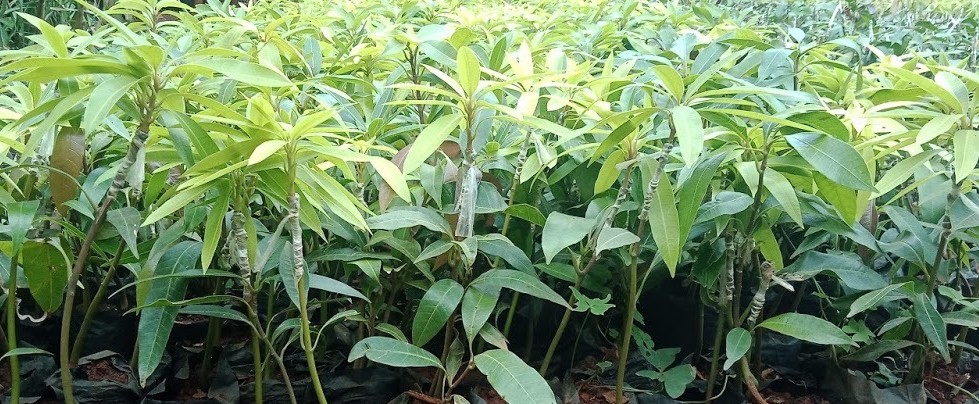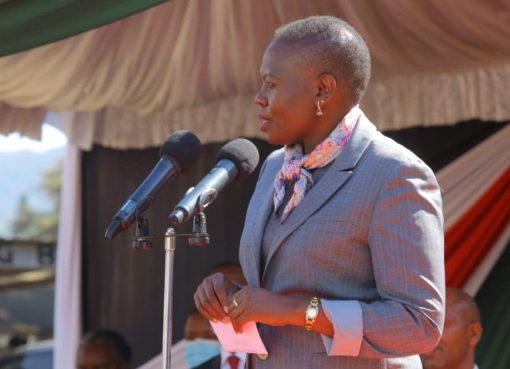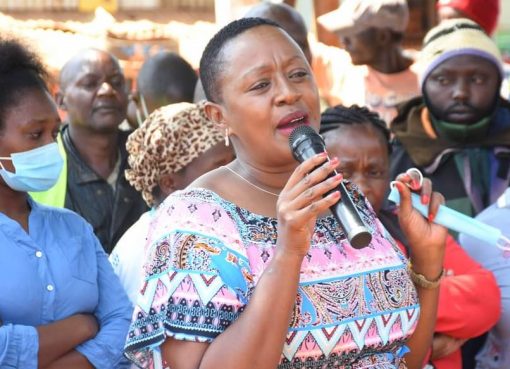The reforestation of Maragoli Hills Forest program by the Ministry of Energy has proved to play a critical role in transforming the livelihoods of the surrounding residents besides boosting tree cover on the once degraded, bare and rocky hills.
The Secretary for Renewable Energy at the Ministry of Energy, Eng. Isaac Kiva during a tour of the forest on Wednesday lauded the program’s progress.
Eng Kiva noted that the Ministry of Energy through the Kenya Energy Sector Environment and Social Responsibility Program (KEEP) Fund is undertaking rehabilitation projects in various water towers across the country towards attaining the government’s target of at least 30 percent forest cover by 2032.
He said the State Department for Energy in collaboration with other development partners adopted 150 hectares of the vast Maragoli Hills forest in Vihiga County to plant and nurture trees and conserve the water tower.
The exercise, he noted, has offered direct employment opportunities to over 800 people with women and men serving as casual laborers and youth as scouts. They all work in the 14 conservation areas surrounding Maragoli hills.
This, he added, has greatly contributed to alleviating poverty and improving the quality of life among low-income community members.
Kiva added they were impressed by the willingness of communities to be involved in the initiative meant to reclaim the once huge water catchment area.
“The residents living around the catchment area have become an integral part of the forest restoration program. We resolved to work with the Community Forest Association (CFA) to aid in guarding the forest against further destruction and encroachment for the sustainability of the program,” Kiva stated.
To date, he added, the CFA has planted 222,800 indigenous tree seedlings on 138 hectares out of the 150 hectares which was adopted at the initial phase of the project.
Esther Kadi, a resident of a village neighboring Maragoli hill forest is one of the casual laborers contracted to plant tree seedlings at the conservation site.
The resilient mother of six appreciates the restoration program terming it a lifesaver to her and other residents for the opportunity to earn a living in the wake of hard economic times.
“I commend the government for bringing the initiative that directly supports mwananchi at the bottom in the grassroots. I have immensely benefited working at the site, earning money which has helped in buying food for my family and paying school fees for my children,” Kadi remarked joyfully.
On his part, George Aimo, the Maragoli Hills Forest Station Manager, explained the impact of the transformative interventions by the Ministry of Energy noting: “Prior to the Ministry of Energy’s involvement, the hills were an eyesore. They were initially bare and covered with visible rocks. However, after the intervention, trees and vegetation have grown on the adopted section very well, and is now looking green.”
Aimo confided that with intensified partnership in reclaiming the 1,000 acre forest, the entire hill would be covered with trees in the near future, thus changing the topology and climatic condition of the area.
To reduce the effects of soil erosion and prevent washing away of the planted tree seedlings, Aimo pointed out that experts from the Ministry of Agriculture have been contracted to construct terraces and gabions on the bare hills.
Further, he added that efforts to restore the Maragoli Hills Forest by various stakeholders have begun to yield fruits since the streams originating from the foothills that had dried up have started oozing out water.
Eng. Kiva said that the State Department for Energy had teamed up with Kenya Electricity Generating Company (Kengen), Kenya Power, Energy and Petroleum Regulatory Authority (EPRA), Rural Electrification and Renewable Energy Corporation, Geothermal Development Company and others to roll out the KEEP project and advance its sustainable reforestation program.
“The government is advocating for a better environment through growing trees. Kenya leads on matters environment as world leaders are expected to convene in Nairobi for the Africa Climate Summit slated for early September,” said the senior government official.
To augment these efforts, Kiva pledged to bring on board additional development partners including the World Bank, European Union, the Japan International Cooperation Agency (JAICA), GIZ Kenya and others to support phase II of the Maragoli Hills Forest conservation.
The second phase, he added, will ensure the refurbishment of an additional 150 hectares of the forest in a bid to restore green cover in the area.
By Robert Ojwang’




